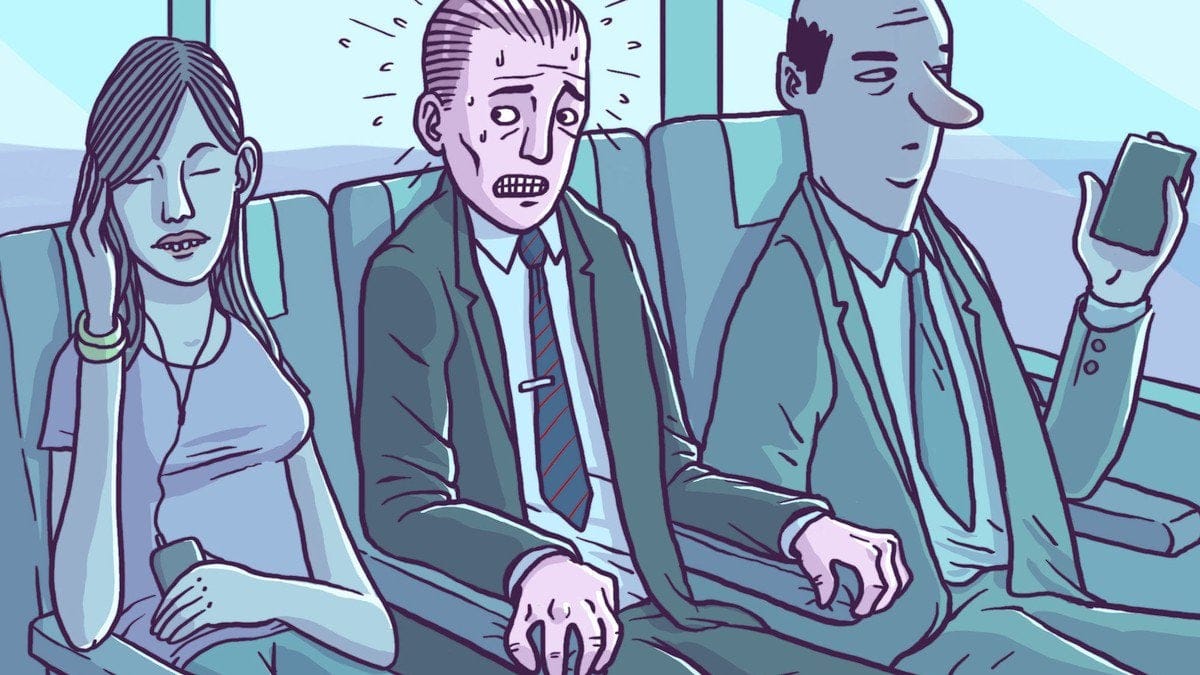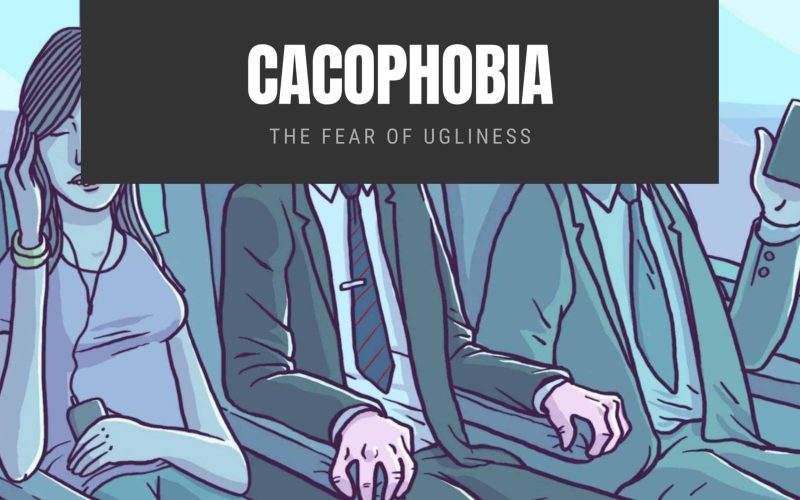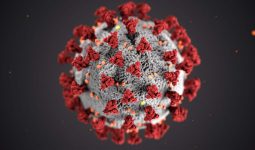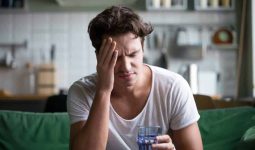There are several types of specific phobias that many don’t know about, and among them is a unique one known as cacophobia.
Cacophobia can be defined as the irrational fear of ugly things. Are you surprised? No, don’t be. It is a thing, too.
When a person who suffers from this type of phobia is exposed to anything that he or she deems to be ugly, the person will experience an episode of intense anxiety and panic attacks. Sometimes, the mere thought of it alone can trigger the experience of conflicting emotions.
Being beautiful, attractive, or ugly is subjective. This means that what one may consider beautiful may be ugly to another, and as such, the trigger can be relative to the subject’s way of thinking.
After all, the saying that beauty lies in the eyes of the beholder can be applied here. The symptoms of cacophobia vary from one individual to another due to this sole reason.
There are other phobias, such as the fear of sharks(selachophobia), the fear of planes (aerophobia), and the fear of dark or dark places (achluphobia).
These types of phobias have a kind of specificity attached to it, meaning that, for example, everyone who has selachophobia fear all sharks both big and small.
However, cacophobia is different. Two people who have cacophobia may not have the same trigger.
This is because what one person considers to be ugly and begin to have anxiety attacks for; another person who is also suffering from cacophobia will see no problem with what is causing the first person to have panic attacks.
This is an extreme disparity, and this makes this kind of phobia special. In some cases, a person who has cacophobia may experience severe anxiety attacks when faced with the trigger that may lead to the hospitalization of the patient.
Someone who has cacophobia tends to be self-critical and judgemental towards other people often.
Having this kind of conviction, especially being self-critical, can lead to other mental and psychological problems, such as depression. This doesn’t mean that every pessimistic or judgemental people have cacophobia.
It only means that a person who has cacophobia often comes up as judgemental because they usually don’t feel good enough about themselves.
Causes of Cacophobia
The exact cause of cacophobia is not known. However, like almost all other phobias, this kind mostly results from environmental and genetic factors.
For example, if a person has a family history of other phobias, mental disorders, and psychological problems, the person’s chances of developing cacophobia will skyrocket.
If they don’t develop the disease, they also have increased chances of being carriers of the gene that causes mental illnesses.
Once a person has mental troubles or is at risk of developing cacophobia due to the predisposing genetic factors, if the person becomes exposed to a trigger, there are high chances that the person will develop full-blown cacophobia.
Symptoms of Cacophobia

Just like any other type of phobia, the first symptom one with cacophobia will experience is anxiety. However, this is not the only sign patients with cacophobia experience.
Alongside anxiety, the patient may experience the following;
1. Disgust, Especially When They See Anything Ugly
As has been said earlier, disgust is relative. They may understand this but still experience the feeling of irrationality towards this fact.
This is because, during this time, all their feelings are centered on the disgust they are seeing and the anxiety they are feeling.
2. Low self-esteem
This depends on the individual’s personality. Some people who suffer from cacophobia may have low self-esteem as a result of the self-criticism.
3. Being Judgemental
Most people who have cacophobia are often very judgemental. This stems from the fact that they can’t get beyond their low self-esteem, so they try to make themselves feel better by bringing down other people.
They do this by judging the every move of others, and this often causes them to become secluded and bitter.
Let’s face it: no one wants to be close to anyone who is judgemental, leading to them being ultimately alone.
4. Depression
People with cacophobia may experience depression as a result of a wide range of factors. They usually can’t cope with strong emotions, and as such, they can quickly become depressed.
Treatments of Cacophobia
There is no specific treatment specially designed for cacophobia. However, people who have cacophobia are advised to go into therapy as well as take specified drugs to help them better deal with their condition.
1. Exposure Therapy
Therapy and talk sessions have been seen to be very useful. However, most people hate the sound of therapy and group sessions.
However, once a cacophobia can begin to attend therapies, their talk sessions help them identify their destructive patterns of thoughts as well as serve as an efficient way of discouraging patients from their fears.
However, the therapy’s effectiveness depends on the strategies the therapist uses to help his patients.
For example, if the therapist decides to expose the patient to his fear all at once, this may cause the patient to run afar and, as a result, kill the effectiveness of the method.
Instead, it is advised that the patient should be exposed gradually to his or her fears, as this enables them to deal with them individually.
2. Cognitive Behavioural Therapy
Cognitive Behavioural Therapy, also known as CBT, is a line of therapy that aims at helping the patient improve his or her health mentally.
Often, this approach is taken to help treat people with OCD as well as anxiety disorders.
CBT helps people with cacophobia by assisting them in understanding the reasons why they think the way they do and why they behave the way they do in response to their raging emotions and fear and ultimately helps them know that they aren’t alone.
3. The use of Medications
After consulting with a therapist, the next line of action is to use medications. Sometimes, the use of drugs may not be needed, and this is dependent on the findings of the therapist.
Generally, the medicines that are prescribed are to help ease the panic attacks they experience when faced with their triggers.
Some of the drugs that can be prescribed include Xanax, Valium, Klonopin, and so on.
Another type of drug that can be described is the use of antidepressants. Since people who have cacophobia also may have depression, they are often encouraged to take antidepressants.
These drugs are taken daily to reduce the levels of the daily anxiety that they can most likely experience.
It is essential to understand that the use of these drugs must be based on a prescription from a specified doctor or a professional therapist.
4. Exercise
Exercise has been a great stress remover, and this is precisely what people who have cacophobia experience.
Exercises such as cardiovascular and aerobic exercises are prescribed for people who suffer from anxiety disorders.
This is because these kinds of workouts help trigger the release of endorphins, known as the “feel-good hormones.”
According to the American Psychology Association, they encourage the use of exercises because they help to condition the mind so that it can deal with stressful situations effectively.
5. Limiting the use of caffeine
Caffeine hurts the brain when taken in excess. It is no secret that when you take too much caffeine during the day, you tend to become very stressed.
This results from caffeine causing you to become more anxious, your heart beating faster, and then you become very tense.







